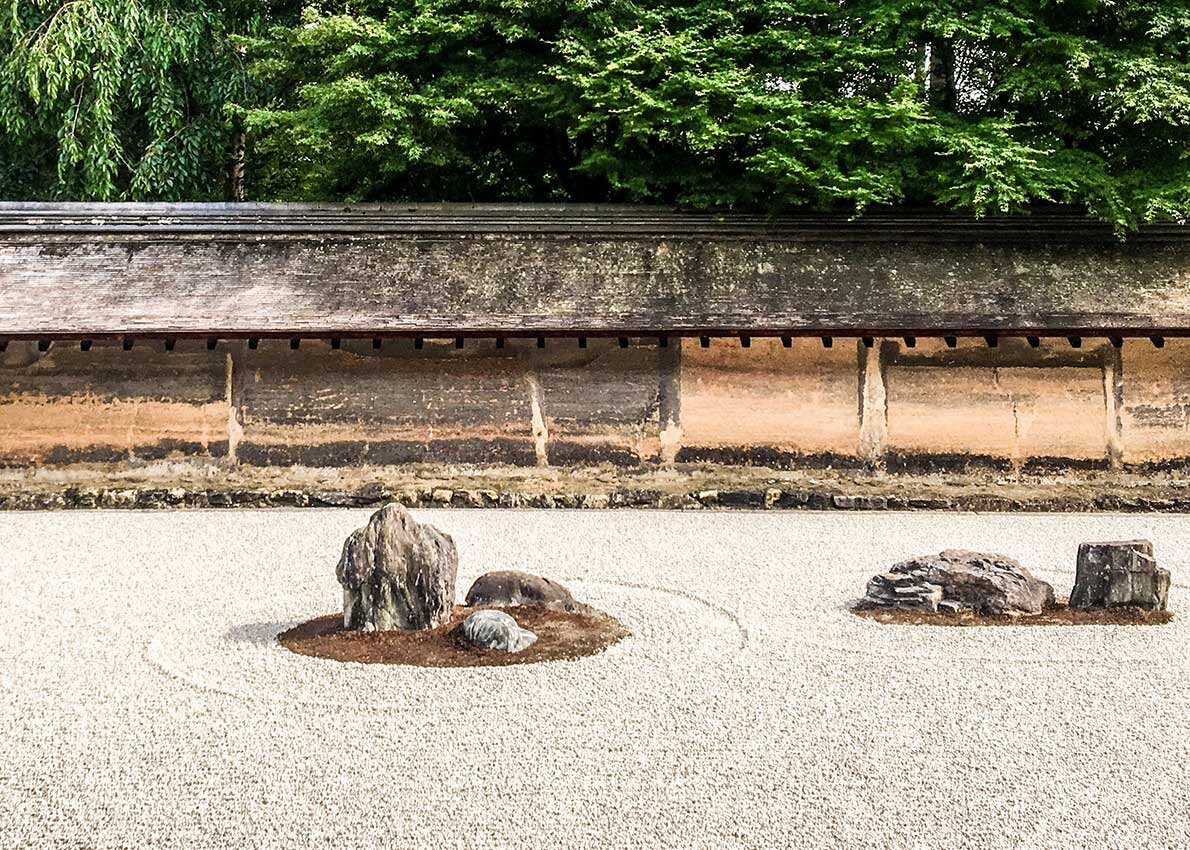What is Wabi Sabi?
In a few words, one could say that wabi sabi is the beauty of imperfect things. Of course, that would be an overly simplistic explanation for such a deep and profoundly rooted notion in the Japanese spirit. Something between an artistic concept, a philosophy of life and a personal feeling, wabi sabi is everywhere in Japanese culture.
*** Wabi Sabi also caught Musk’s attention.

In Japan, wabi sabi is imperceptible but everywhere: a crack on a teapot, the wood of an old door, green moss on a rock, a misty landscape, a distorted cup or the reflection of the moon on a pond.
In Wabi Sabi: The Japanese Art of Impermanence, Andrew Juniper defines wabi sabi as “an intuitive appreciation of ephemeral beauty in the physical world that reflects the irreversible flow of life in the spiritual world.”
Related to landscapes, objects and even human beings, the idea of wabi sabi can be understood as an appreciation of a beauty that is doomed to disappear, or even a ephemeral contemplation of something that becomes more beautiful as it ages, fades, and consequently acquires a new charm.

The term wabi sabi is composed of two kanji characters. The second part, sabi (寂) is said to date back to the eighth century, when it was used to designate desolation in a poetic way. From the twelfth century, the term evolved and referred more precisely to the delightful contemplation of what is old and worn. It was also used to talk about the beauty of faded or withered things. Sabi could also mean “old and elegant”, or “being rusty”, with an untranslatable impression of peacefulness.

The term wabi (侘) only appeared in the fifteenth century to designate a new aesthetic sensibility closely related to the tea ceremony, which referred to the general atmosphere and to the objects used during this formal service. The definition of wabi can be traced back to loneliness or melancholy, to the appreciation of a serene life, far from the urban hustle and bustle.

The term wabi sabi (侘寂) remains difficult to translate. For Japanese people, wabi sabi is a feeling, more than a concept, that can be found in classical Japanese aesthetics: flower arrangement, literature, philosophy, poetry, tea ceremony, Zen gardens, etc. Wabi sabi goes against contemporary over-consumption but also encourages simplicity and authenticity in everything.
Where Does Wabi Sabi Come From?

This notion of wabi sabi is a feeling that has certainly always been part of Japanese sensibility. Its origin can be found in the story of Sen no Rikyu, the sixteenth century Zen monk who theorised the tea ceremony as it is still practiced in contemporary Japan.
According to the legend, the young Rikyu, eager to learn the codes of the ancestral ritual of tea ceremony, went to find a recognized tea master named Takeeno Joo. The latter wanted to test the abilities of his new apprentice and asked him to take care of the garden. Rikyu cleaned it from top to bottom and raked it until it was perfect. However, before presenting his work to his master, he shook a cherry tree and sakura flowers fell on the ground. This touch of imperfection brought beauty to the scene and that is how the concept of wabi sabi was born.

Sen no Rikyu is still considered as one of the greatest and most influential tea masters in history. He helped to transform the tea ceremony as it was previously practiced, with luxury utensils and exuberance, into a refined ritual. From the simplicity of the objects and the minimalistic atmosphere of the tearoom emanated a delicate beauty that could not be equaled.
Text content is derived from japanobjects.
Subscribe to our free newsletter
Be the first to receive customer-only promotions and product updates.
* We respect your privacy..
